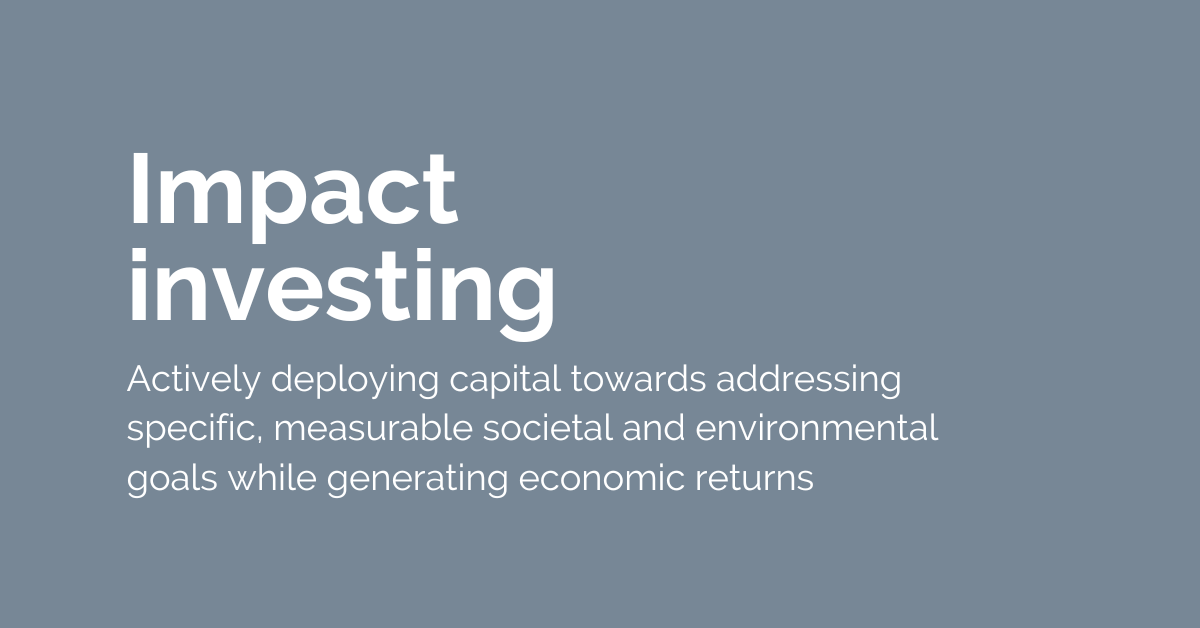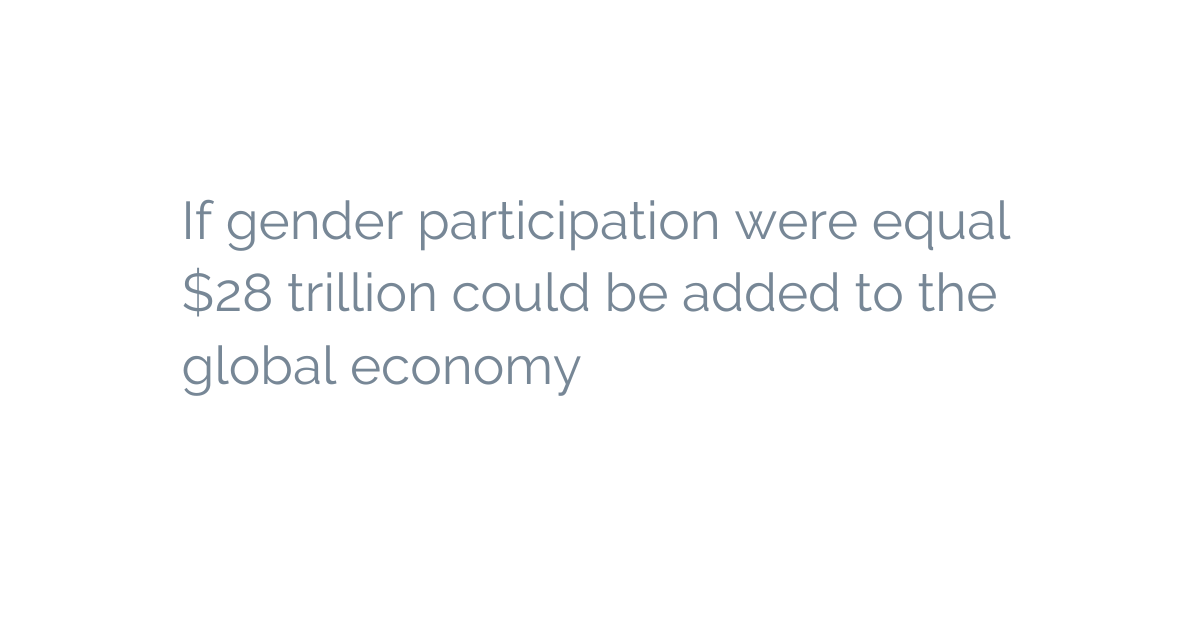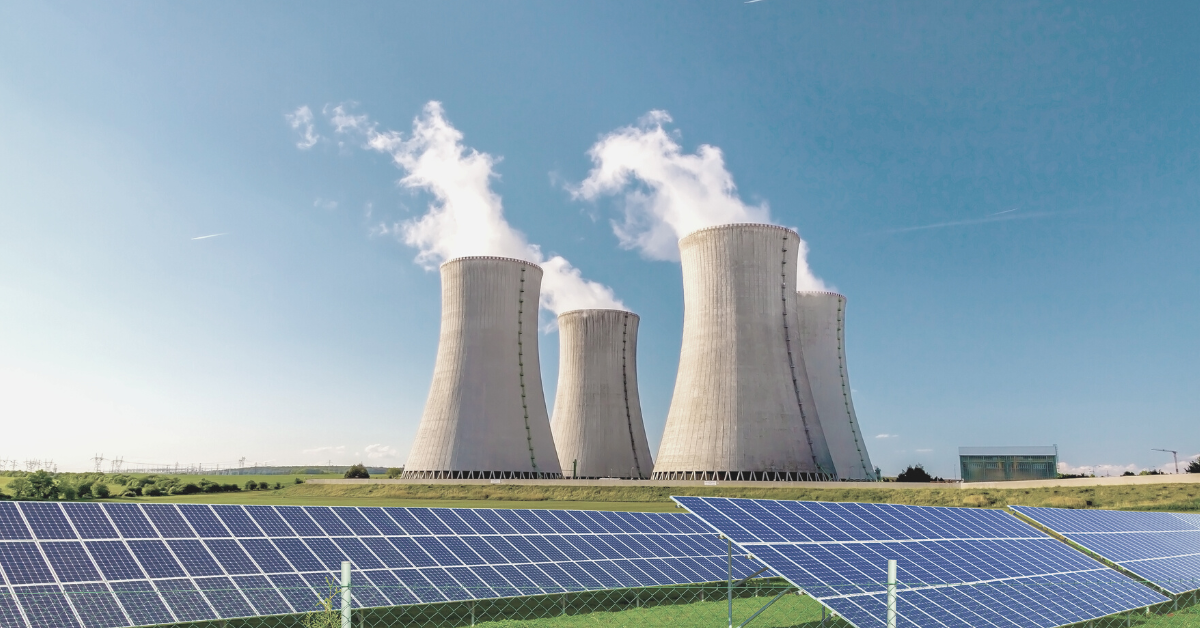
2022 articles by the Altiorem community
Altiorem’s backbone is our community of volunteers who summarise every piece of content that is on Altiorem. We offer our volunteers and university interns the opportunity to grow their knowledge and their profile by researching and writing about ESG issues which are published in the Australian Shareholders’ Association and The Stockbrokers and Investment Advisers Association monthly magazines. We’ve anticipated that you’ll be looking for some lite sustainable finance reading over the holidays, so we’re sharing these articles with you.


1. Empowering female investors
By Madeleine Huynh, Serene Khalaf and Alexandra Brown
While the gender investing gap is narrowing with the increased participation of female retail investors, differences between women and men’s investing choices, grounded in a history of economic inequality by gender, continue to result in a lower number of female investors, compared to male investors. According to the study, among current ASX investors, approximately 58% are men, compared to just 42% women. With continued uplift in the number of female shareholders, not only can the gender gap in investing be alleviated, but more crucially, a future of gender economic equality can be shaped.

2. Climate disclosures: From voluntary to mandatory reporting
By Gabbi Barker and Mariana Wheatley
Severe weather-related events exacerbated by a changing climate, such as floods, droughts and bushfires are predicted to increase in severity and frequency. Climate change has been identified as one of the largest socioeconomic risks to modern society and lack of action on climate change is no longer just a reputation risk; it is a core business issue being discussed in terms of physical risks, liability risks and transition risks. In response, business, government, investors, and other stakeholders are looking to amplify action on climate change. This articles explains the role of the finance industry as an enabler of climate action and the importance of clear and consistent climate reporting.

3. The Modern Slavery Act: A hard road ahead for the ‘race to the top’
By Heather Moore and Diego Vargas Maldonado
A 2022 report finds companies operating in industries known to be at high risk of slavery are failing to identify obvious risks of forced labour in their supply chains or take action to address them. Mandatory disclosure laws, such as the Australian Modern Slavery Act (MSA), are intended to extend investors’ repertoire of assessment tools to inform decision-making for social impact investing. The assumption underpinning the Act was that it would drive a ‘race to the top’, creating upward pressure on large businesses to learn, innovate and lead. Unfortunately, an evaluation of early reporting under the Act indicates this reality is not panning out — at least not yet — and there is quite a way to go before corporate modern slavery statements reflect real action and measurable change on the ground.

4. ESG 101
By Madeline Combe and Pablo Berrutti
ESG stands for environmental, social and (corporate) governance, which spans a diverse range of issues from climate change, biodiversity and pollution (E) to human rights, diversity and employee engagement (S) to remuneration, board composition, and risk management (G).
While investors asses ESG issues in various ways, attention often goes to assessments by large ESG research providers which aggregate hundreds of factors in to a single rating — reminiscent of the Hitchhikers Guide to the Galaxy meme that the answer to the ultimate question of life, the universe and everything is 42. However, like valuation and financial analysis, complex and diverse ESG issues cannot be summed up into a single rating. Further challenges stem from each provider having their own approach that can results in a completely different rating for the same company.

5. Investing in Australian Livestock Agriculture: With strong headwinds closing in, do the risks outweigh the rewards?
By Fiona Huynh and Madeline Combe
For investors in Australian livestock, significant headwinds have begun closing in; a changing climate, the spread of animal borne diseases, the rise of antibiotic resistance, animal welfare concerns, and the growth in alternative protein markets all point to a future fraught with uncertainty. So, what does this all mean for the future of animal agriculture in Australia? And what are some of Australia’s listed agribusinesses doing to prepare for the risky times ahead?

6. Impact investing
By Ksenija Rykina-Tameeva and Pablo Berrutti
Impact investing seeks to add value to society whilst also achieving financial returns. It is different from sustainable or ethical investing as it explicitly seeks to make a measurable positive social or environmental impact from the investment. Impact investing in recent years has begun to gain traction, with young investors most notably taking part. This article explores impact investing, recent trends, and what the future holds for impact investing.

7. The gap between commitment and reality on climate change
By Diana El-Alam and Saul Wodak, Associate Advisor, The Behavioural Insights Team
Research by MarketMeter finds that climate risk management is close to the bottom of investment priorities in a sample of 115 institutional investors. This remains relatively unchanged over the past year, despite increased rhetoric by major firms that they are engaging with the opportunities and risks associated with the climate crisis. So is this just corporate greenwashing, or are there deeper issues at play?

8. What's the TNFD?
By Fergus Nelson and Madeline Combe
The Task Force on Nature-Related Financial Disclosures (TNFD) provides a framework for organisations to report and act on evolving nature-related risks and opportunities, thus supporting a shift in global financial flows away from nature-negative outcomes and toward nature-positive outcomes. This article provides an update on the development of the TNFD and explains why it matters to investors.

9. The rise of gender washing
By Diana El-Alam and Pablo Berrutti
Gender equality continues to be a key issue that companies are being called on to address with public attention focused on issues like the gender pay gap, harassment, and a lack of representation. However, like other Environmental, Social and Governance (ESG) issues, some companies have been accused of overstating their progress or ‘gender washing’.

10. Does Australia need nuclear energy to reach net-zero by 2050?
By Mariana Wheatley and Pablo Berrutti
Nuclear power generates 70% of energy in France, 30% in Sweden and 19% in the US. Policies aiming to phase out nuclear power in Japan and South Korea have recently been reversed while 19 countries have nuclear reactors under construction. In Australia, however, nuclear energy has been banned since 1998. Do we need to rethink nuclear?

11. La Niña
By Anna Cheah
In October 2022, the Australian Bureau of Meteorology confirmed that we’re up for a ‘triple dip’ La Niña. This La Niña phase is likely to have already peaked and is expected to return to normal conditions by early next year. While the occurrence of two consecutive La Niña winters in the Northern Hemisphere is common, a Southern Hemisphere ‘triple dip‘ La Niña lasting three years in a row has only happened twice since 1950. This article explains what La Niña is and what it means for investors.

12. Slavery in Supply Chains – digging deeper as investors
By Serene Khalaf and Mariana Wheatley
The onus to uphold human rights across opaque, dynamic, and complex supply chains is often blurred across multiple actors, creating a situation of blame shifting and inaction. However, the impact of money affects more than just financial returns. Where we choose to invest or divest goes a long way in influencing a firm’s position on human rights. Shareholder pressure or divestment are powerful tools to influence companies to consider the people deep within their value chains and is an opportunity to improve workers’ wages and conditions while mitigating financial and reputational business risks. This article looks as what modern slavery is and provides resources for retail investors to help minimise modern slavery risks in their investment portfolio.